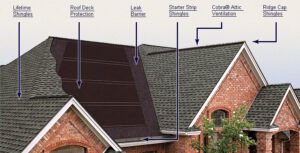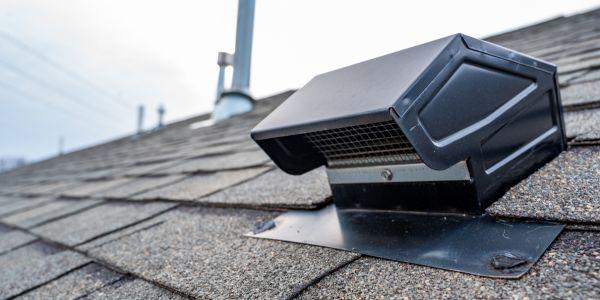Q & A - Peel and Stick as Roofing Underlayment

Peel and stick as roofing underlayment on a shingle roof?
Corrine asked, "Peel and stick as roofing underlayment on a shingle roof? This is the first time I’ve gone online to investigate a home project and I’d like to tell you I really appreciate this. I bought my home in Florida three years ago the roof is the original (25 yrs old). The new roof will be Lifetime Timberline shingles. Two roofers recommend doing the peel and seal underlay and the third wants tar paper. I’m weary and perplexed, a widow living on my own and having to make these decisions on my own for the first time. Thanks in advance for consulting."
Corrine, Peel and Stick as the underlayment and asphalt shingle would be a great roof, but so would an expensive copper roof. It all comes down to dollars. I am not sure you need to spend that kind of money on the underlayment.
 The GAF Timberline shingles, as an example, can be one part of a great roofing system that was designed to protect your home in the harshest climates. In the picture, you will notice the deck protection covers the entire roof. This is also called felt. I advise using the #30 it is thicker and does not wrinkle up in the winter as the thinner #15 felt. The “Peel and Stick” you referred to, GAF calls Leak Barrier and is used on homes in colder climates, it is installed on the sheathing at the eaves and up past the outside walls two feet. This product is to protect from ice dams that can occur on roofs in colder climates. It is also used on the rakes, valleys and protrusions such as a chimney or skylight and pipe flashings. Installing this Leak Barrier will provide a great roof in the snow or in raining climates, but using it over the entire roof may not be needed unless required by some local codes.
The GAF Timberline shingles, as an example, can be one part of a great roofing system that was designed to protect your home in the harshest climates. In the picture, you will notice the deck protection covers the entire roof. This is also called felt. I advise using the #30 it is thicker and does not wrinkle up in the winter as the thinner #15 felt. The “Peel and Stick” you referred to, GAF calls Leak Barrier and is used on homes in colder climates, it is installed on the sheathing at the eaves and up past the outside walls two feet. This product is to protect from ice dams that can occur on roofs in colder climates. It is also used on the rakes, valleys and protrusions such as a chimney or skylight and pipe flashings. Installing this Leak Barrier will provide a great roof in the snow or in raining climates, but using it over the entire roof may not be needed unless required by some local codes.
When I think of Florida roofs, I think of high winds but definitely not snow. To answer your question, may I advise seeking out the local building department and ask them this question. There are many different codes per each jurisdiction and that would be the best place to get to the correct answer. If the roof is greater than 4/12 pitch I think the #30 would be a good choice.
Have a question? AskARoofer.
Find your local roofing contractor in the RoofersCoffeeShop® Contractor Directory.













Comments
Leave a Reply
Have an account? Login to leave a comment!
Sign In